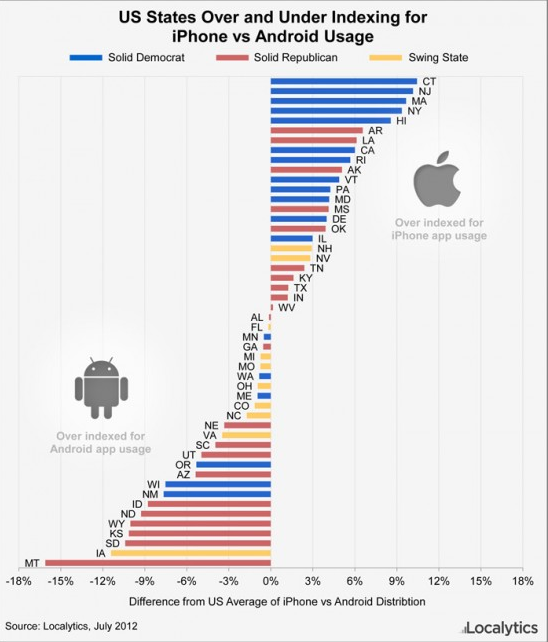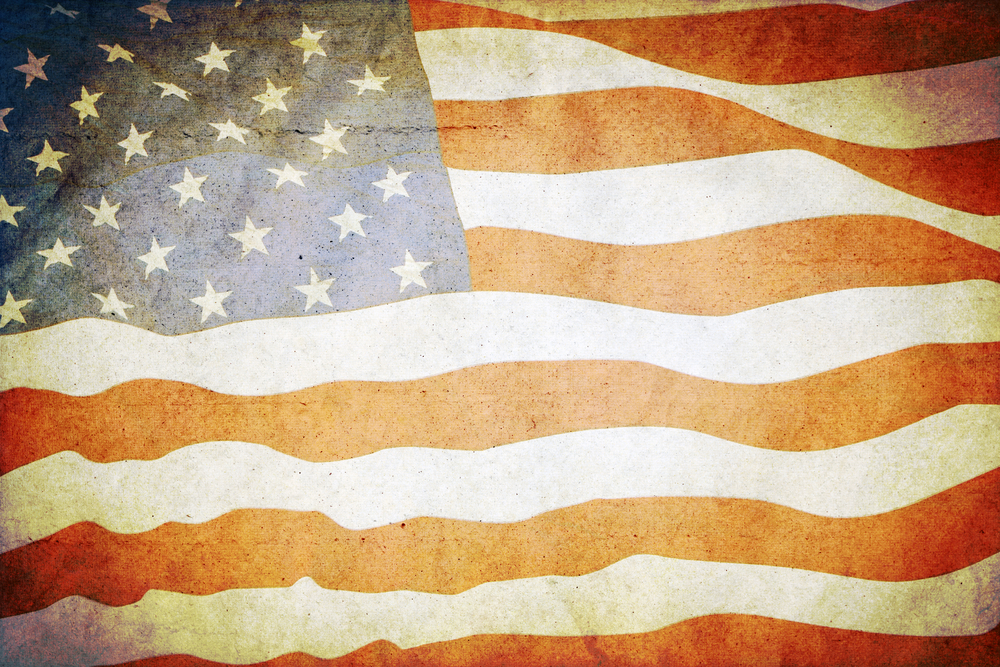 On November 5, 2012, there were more than 2 million Google searches for the phrase “Where do I vote?” While this simple query might seem insignificant, the sheer volume made in a single day highlights the fact that Americans depend on search engines for more than just entertainment value or to research products, but to navigate through their day-to-day lives.
On November 5, 2012, there were more than 2 million Google searches for the phrase “Where do I vote?” While this simple query might seem insignificant, the sheer volume made in a single day highlights the fact that Americans depend on search engines for more than just entertainment value or to research products, but to navigate through their day-to-day lives.
With Election Day here, it’s interesting to see the steps each campaign took to reach voters, and how efforts spread across social media, mobile marketing and video content piqued the interest of the American people. Back in July 2012, app analytics firm Localytics published a report that looked at mobile usage across all 50 states and found that 70 percent of most active iPhone states vote Democrat while 70 percent of the most active Android states lean Republican. The Localytics report is a prime example of a company taking a non-partisan approach to creating relevant, election-oriented content that captures searching voters interest. It also has implications that translated into web-based campaigns for the nominees, themselves.
While comScore’s MobiLens report shows Google Android phones account for 52.5 percent of the market when compared to Apple’s 34.3 percent, Localytics research indicates iPhone owners are more active users of mobile apps. In fact, iPhone users make up approximately 70 percent of the combined Android and iPhone apps stats.
It should come as no surprise that President Barack Obama and Governor Mitt Romney both created their own smartphone apps to keep voters informed on key issues. This trend, which in the 2008 presidential election marked the first time that candidates funneled resources toward mobile marketing, supports the idea that even high-brow topics like the U.S. election can benefit from digital marketing.
Mobile search continues to expand, and with social platforms like Twitter providing a space where people can meet and share custom content, businesses must develop a content marketing campaign that takes advantage of today’s interconnected society. This year’s election is just one instance of how people have taken to the web to bolster communications, and it certainly won’t be the last.




